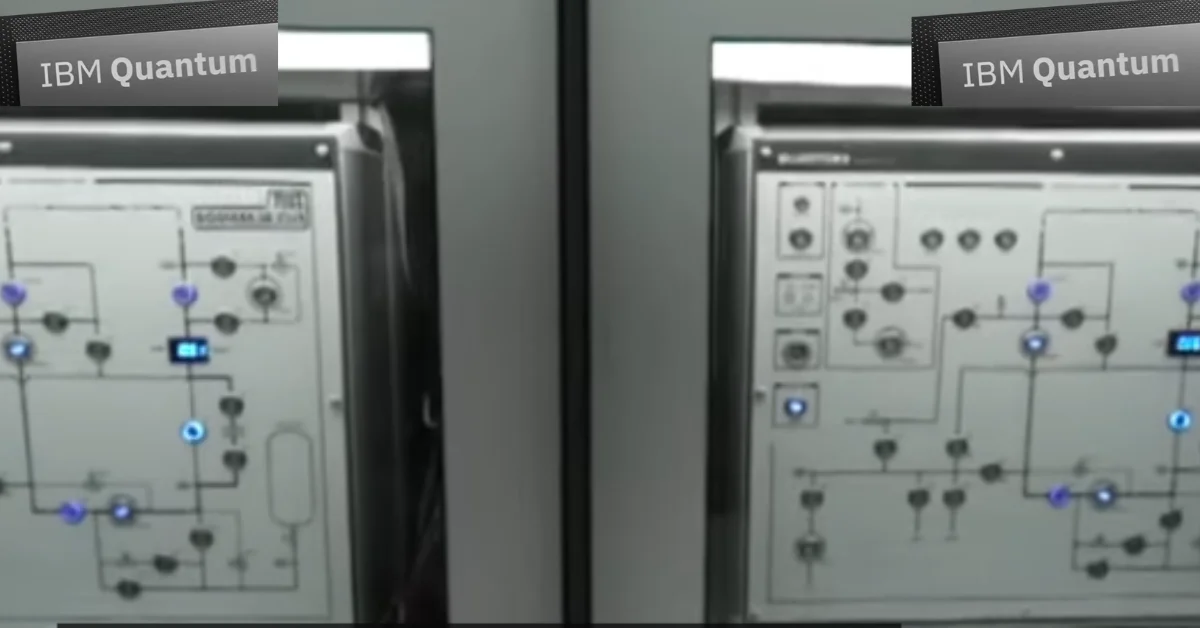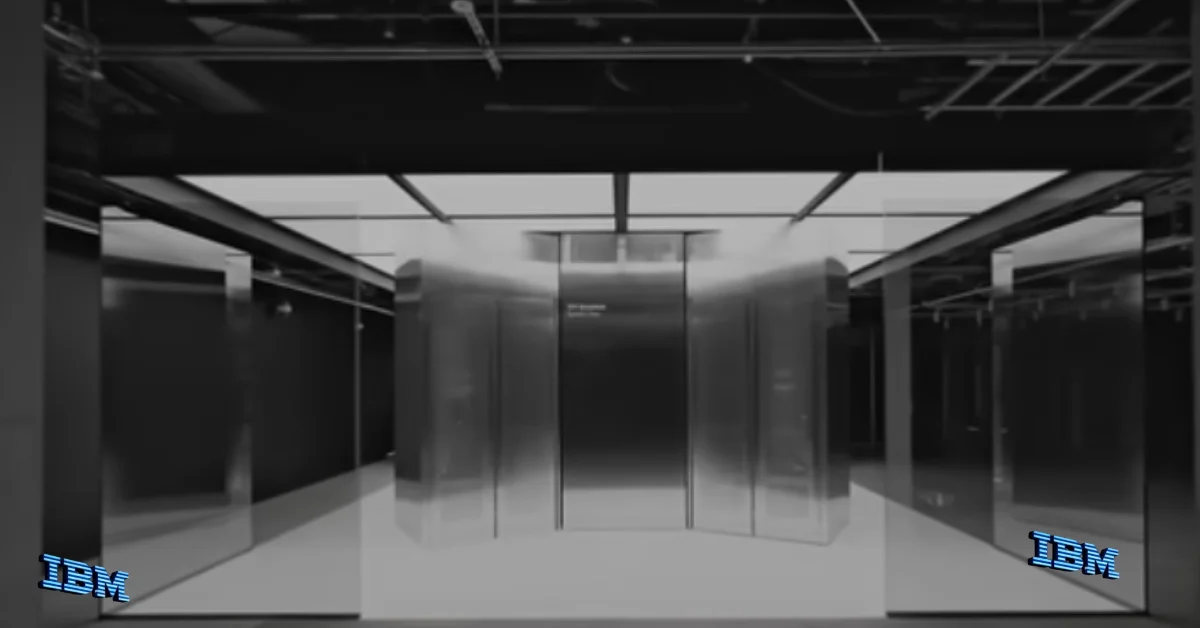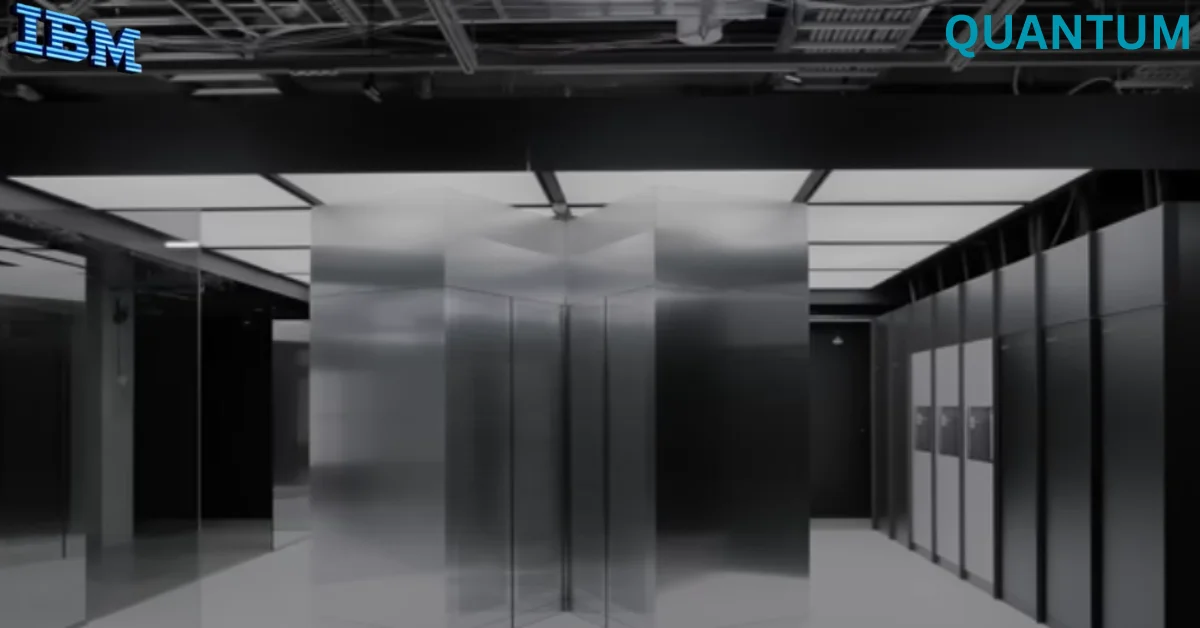A quantum leap forward for technology, IBM’s discovery pushes the boundaries of quantum computing and signals a transformative future.IBM has made one of its biggest announcements yet in the world of quantum computing, unveiling new processors, software upgrades, and major scientific breakthroughs. All of these updates bring the company closer to two key goals: achieving verified quantum gains by the end of 2026 and building the world’s first large-scale, fault-tolerant quantum computer by 2029. The company shared these updates during the Quantum Developer Conference held in New York, where researchers, engineers, and industry partners gathered to see how quickly quantum technology is evolving.
IBM pointed out that quantum computing requires advances in several areas at the same time—hardware, software, manufacturing, and error correction. According to Jay Gambetta, director of IBM Research, the company believes it is in a unique position because it is developing all of these pieces together. This would allow IBM to move faster and create stronger systems that would eventually outperform classical computers on important real-world problems.
One of the biggest announcements was IBM’s new quantum processor called the IBM Quantum Nighthawk. This processor is specifically designed to reach the quantum advantage, which is the moment when a quantum computer can solve a problem better than any classical computer. Nighthawk is expected to be made available to IBM users by the end of 2025. It features 120 qubits connected via 218 next-generation tunable couplers. This is more than a 20 percent increase in couplers compared to the previous IBM Quantum Heron processor. Thanks to this advanced design, users can run circuits that are approximately 30 percent more complex than before while keeping error rates low. Nighthawk can handle 5,000 two-qubit gates, which are essential operations in quantum computing because they create entanglement between qubits.
IBM also shared its plans for future upgrades of the Nighthawk series. By the end of 2026, the company expects the processor to support about 7,500 two-qubit gates, followed by 10,000 gates in 2027. By 2028, the goal is to reach about 15,000 two-qubit gates using the system, which could contain more than 1,000 connected qubits. These future versions will rely on long-range couplers, which IBM previously demonstrated on experimental chips. This roadmap shows how fast quantum hardware is developing and how much more powerful processors could become in the next few years.
To support this progress, IBM and several partners have joined in an open community effort to track and verify quantum advantage claims. Along with researchers from Algorithm, BlueQubit, and the Flatiron Institute, IBM is helping maintain a public “quantum advantage tracker.” This tracker allows researchers to compare new experiments, test classical methods against quantum results, and share progress with the broader community. Right now, the tracker includes three different experiments that cover observable estimation, variational problems, and problems that can be checked using classical verification. These experiments help scientists understand where quantum computers might begin to advance beyond classical machines.

Researchers from partner organizations shared enthusiasm about this effort. Sabrina Maniscalco, CEO of Algorithmic, explained that their model has reached a level of complexity that challenges every classical method tested so far. Bluequbit co-founder Hayek Tepanian said his work on the Peak circuit could help uncover the conditions where quantum computers begin to outperform classical computers by a large margin. The overall goal of the tracker is transparency—as quantum advantage approaches, the community wants strong evidence, not just claims.
Along with the hardware improvements, IBM announced major upgrades to its quantum software platform, Qiskit. The company is enhancing dynamic circuit capabilities, which allow certain operations to be adjusted in real time while a quantum program is running. This upgrade provides a 24 percent increase in accuracy on systems with more than 100 qubits. IBM is also introducing a new execution model and C-API, enabling developers to combine Kiskits with high-performance classical computers. This dramatically reduces the cost of error mitigation by more than 100 times—allowing users to extract more accurate results without needing expensive or complicated resources.
IBM is also expanding Qiskit to the global scientific community by introducing a C++ interface. This will let high-performance computing users write quantum programs directly in the languages and environments they already use. In the future, IBM plans to add new computational libraries to Kiskit, including tools for machine learning, optimization, and advanced physics and chemistry simulations. These upgrades, expected by 2027, will help researchers tackle larger problems like differential equations or Hamiltonian simulations, both of which are important in fields like materials science and drug discovery.
While the build toward quantum advantage is important, IBM is also working in parallel on a bigger challenge: fault-tolerant quantum computing. Fault tolerance is essential because quantum systems are extremely sensitive to noise and errors. A fault-tolerant quantum computer should continuously detect and correct errors without interrupting calculations. To that end, IBM revealed an experimental processor called the IBM Quantum Loon. This processor contains all the hardware components required for fault-tolerant quantum systems.

quantum error correction. It includes multiple high-quality routing layers that support long-range on-chip connections, allowing distant qubits on the chip to still communicate efficiently. These long-distance connection error corrections are important for scaling the code and improving overall performance.
In addition, IBM announced a breakthrough in the classical side of error correction. The company has proven that classical hardware can decode quantum errors in real time—specifically, in less than 480 nanoseconds—using QLDPC codes. This improvement was achieved a full year ahead of schedule. Combined with the capabilities demonstrated on the Loon processor, this result shows that IBM now has the key building blocks needed to scale error correction in larger, faster, and more reliable quantum computers.
To accelerate hardware development even further, IBM has moved manufacturing of its quantum processor wafers to a 300 mm manufacturing facility at the NY Creates Albany Nanotech Complex. This advanced semiconductor factory offers high-precision equipment, superior testing equipment, and round-the-clock operations. Thanks to the feature, IBM has already doubled the speed of its hardware research, cutting the time required to create new processors by at least half. The company has also managed to expand the physical complexity of its quantum chips by tenfold, which is necessary to support long-range couplers and higher qubit counts. This feature allows work on multiple experimental chip designs at the same time, accelerating innovation.
IBM’s announcements mark a major turning point for the company and quantum computing as a whole. Quantum processors are becoming more powerful, quantum software is becoming more accurate and more accessible, and the foundations for fault-tolerant systems are beginning to take shape. With Nighthawk set to advance quantum gains and Loon paving the way for fault-tolerant designs, IBM is rapidly moving toward a future where quantum computing can solve problems that classical computers can’t easily handle.

